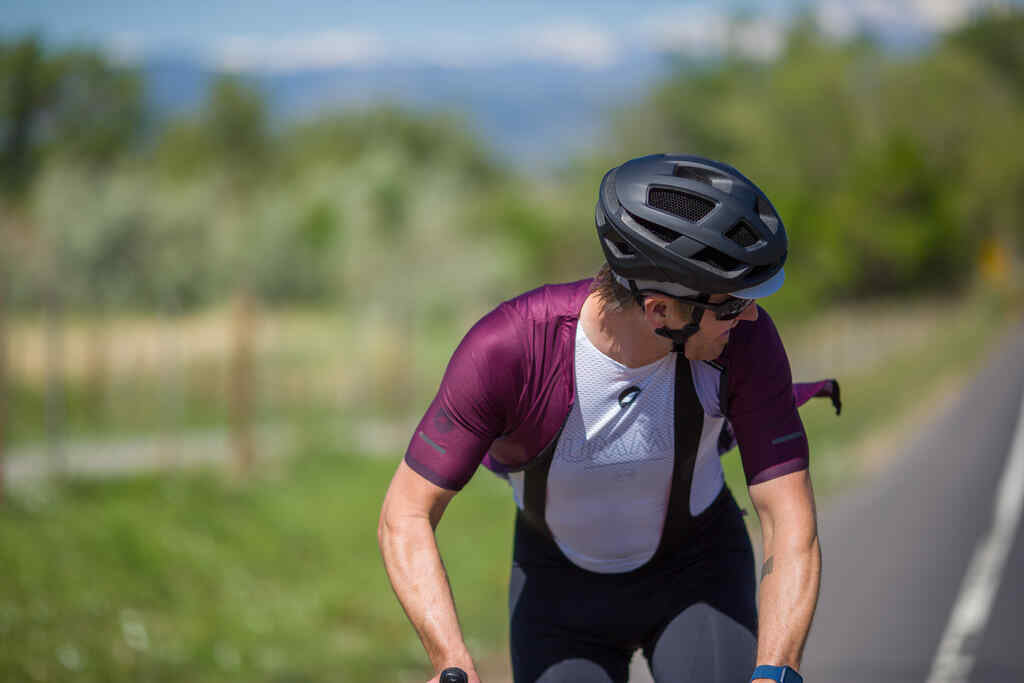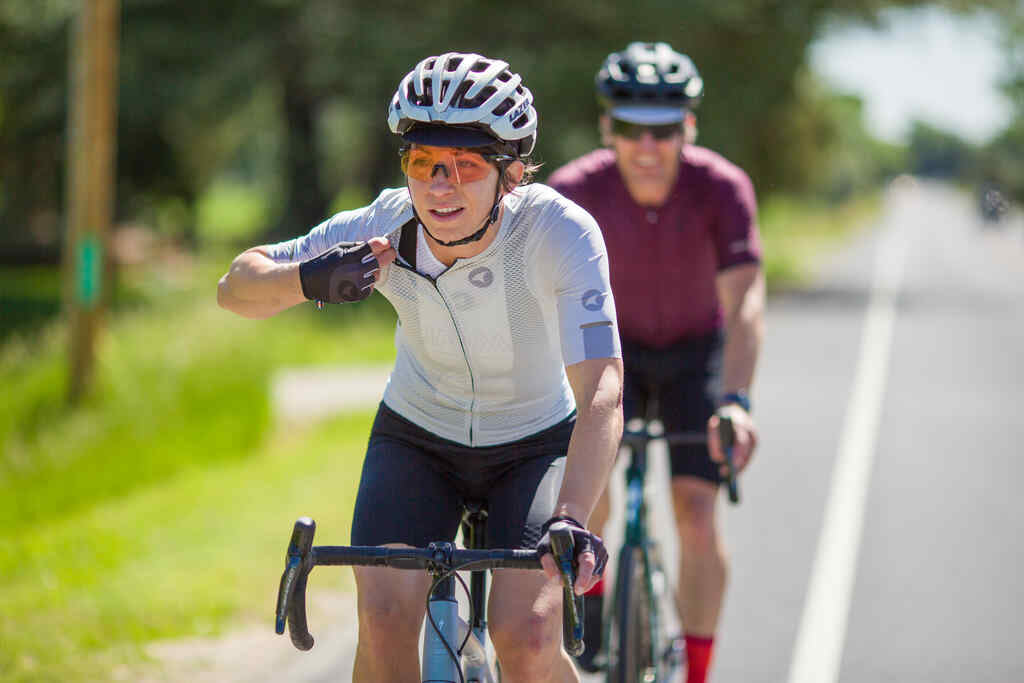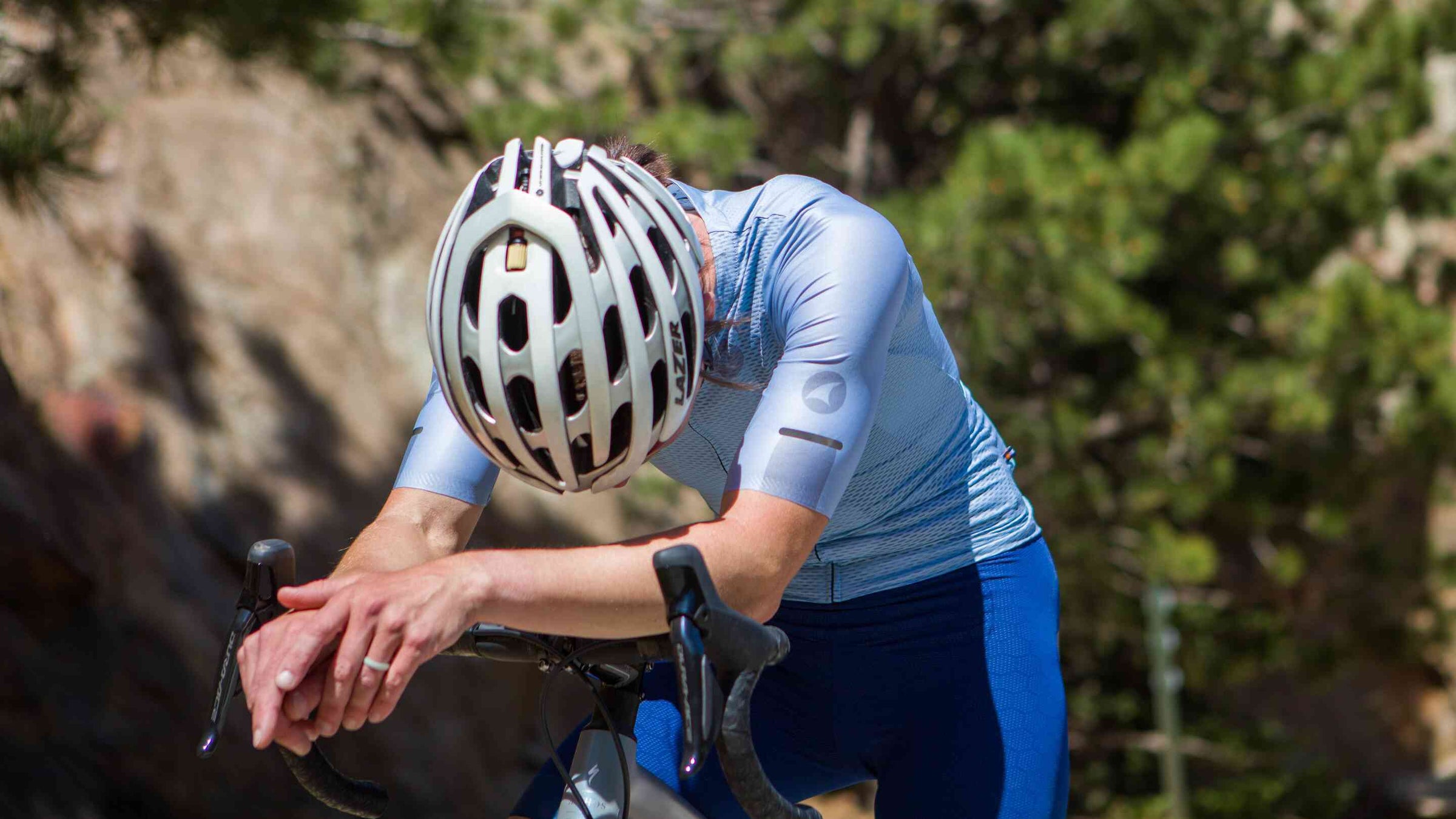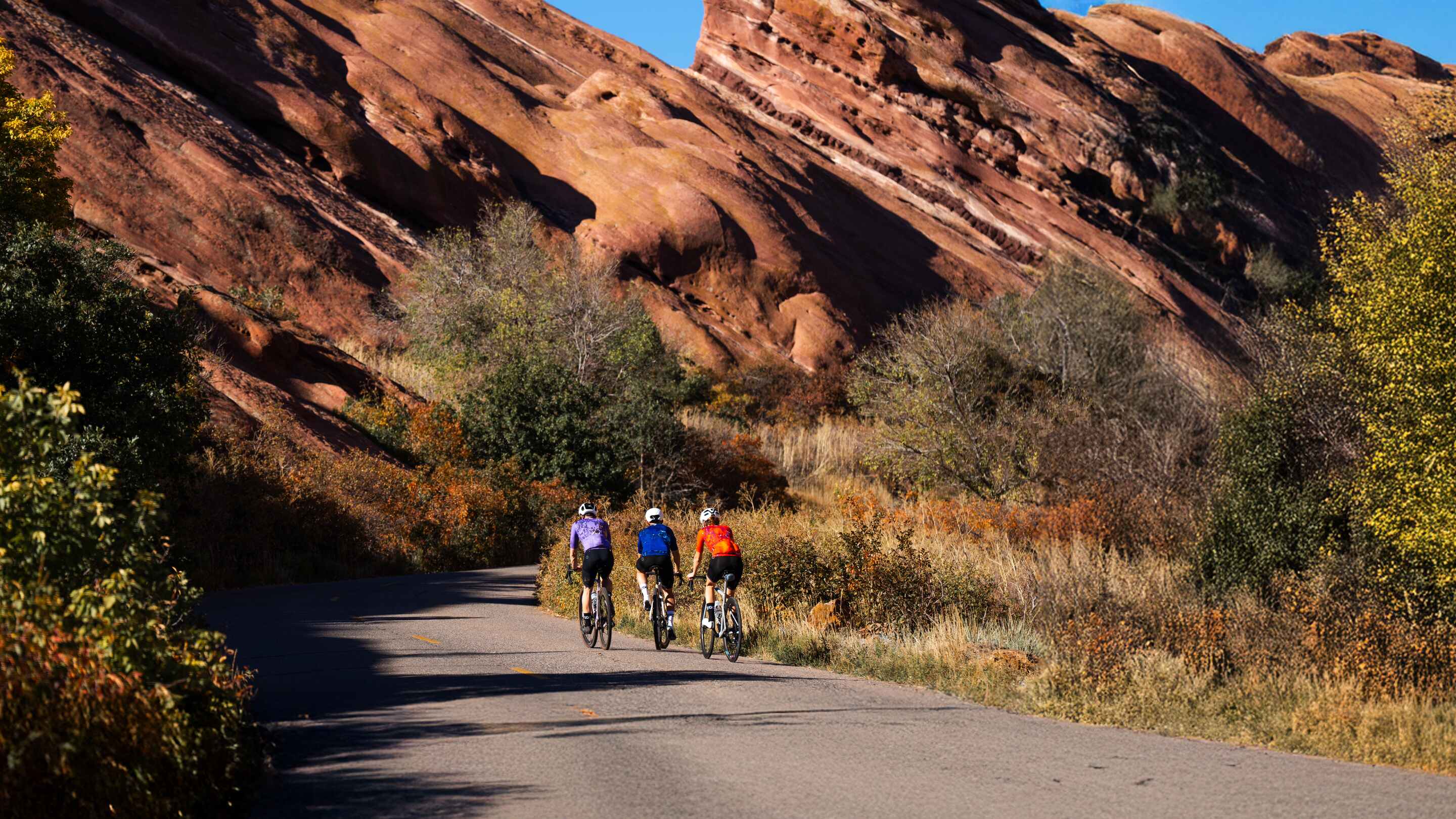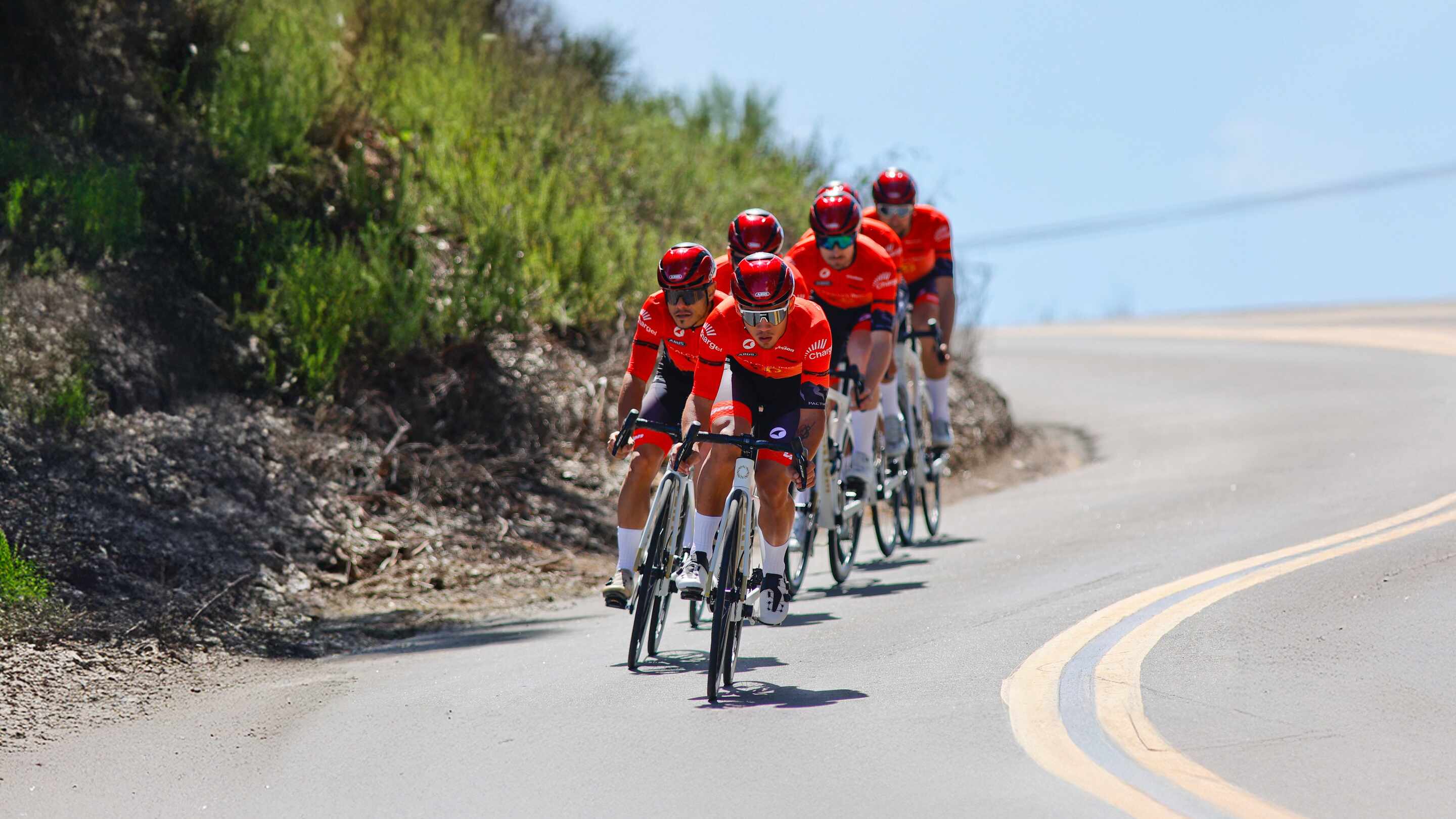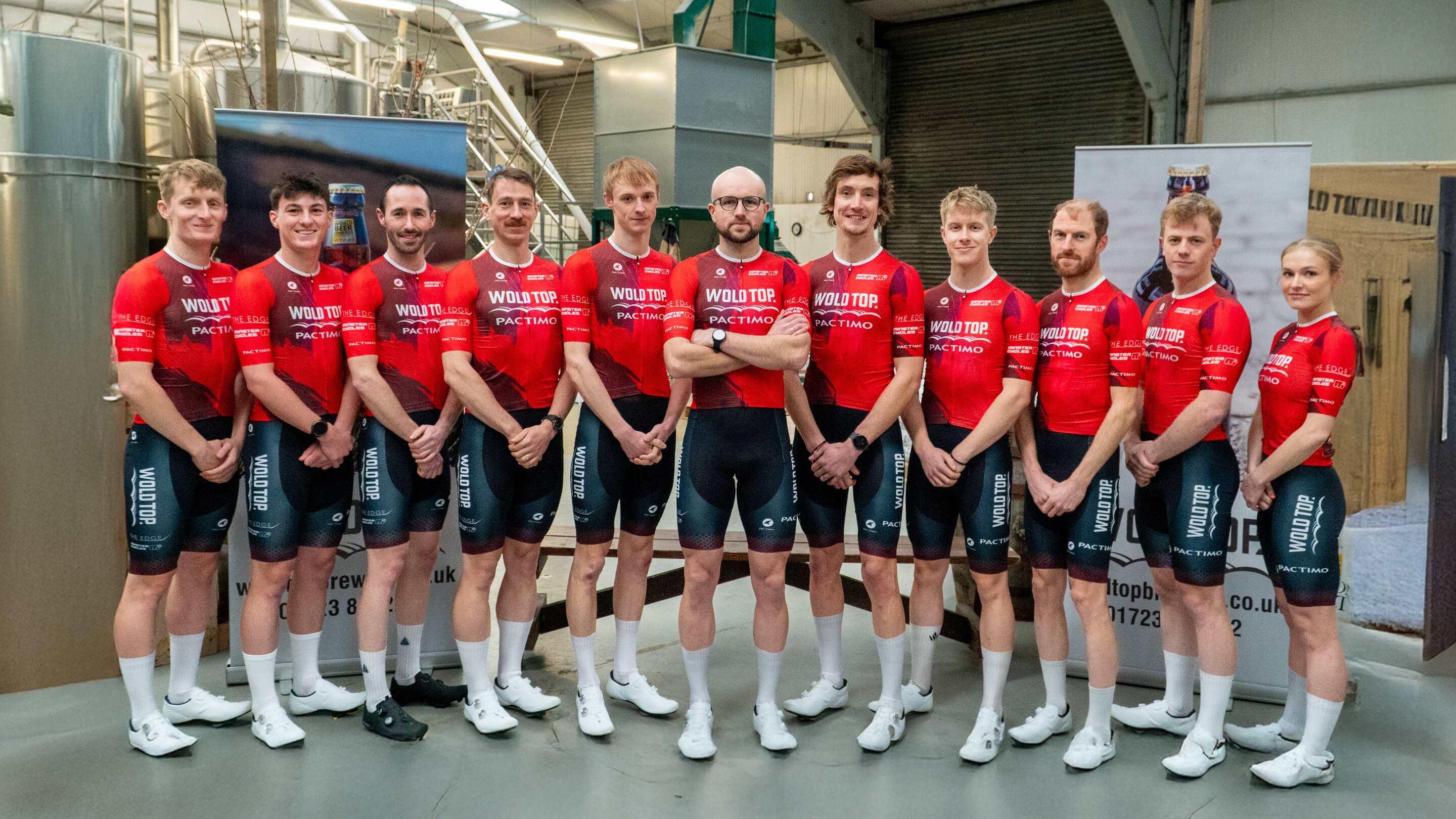While individuals may respond differently to warm weather, with some thriving and others wilting, there are several strategies you can adopt to conquer high temperatures and ensure optimal performance.
Timing: Consider the timing of your rides. In places like Colorado, the period between 11am and 6pm tends to be hot. To beat the heat, it's best to wake up early, preferably at daybreak, and cover those big miles before the day's temperature rises.
Hydration: Hydration is crucial during warm weather rides. Water is essential, but athletes can also benefit from consuming a sports drink that helps replenish lost water and electrolytes due to sweating. Try hydrating with a special mix (containing a higher sodium content) approximately 60 minutes before intense efforts, such as racing or rigorous training, followed by a bottle of cold water. Read through more of our hydration guidelines to help determine what, when, and how much you should drink for your rides.
Staying Cool: Consider "ice socks." Though it may seem unconventional, using knee-high panty hose filled with ice and tied between your shoulder blades provides immense relief from the heat. Even better? When the ice melts, the panty hose provides a small, discrete carrying case.
Acclimating: If you find hot conditions challenging, acclimation is the key. Gradually expose yourself to riding in the heat, starting with morning rides and progressively increasing the intensity during the day. Heat acclimation typically occurs within 4-9 days of consistent training, while full acclimation takes around 14 days. Read more from the University of Connecticut's Heat Acclimation recommendations.
Know When to Stop: While pushing oneself to the limits in inherent to cycling, it's essential to recognize the dangers of heat exhaustion and exertional heat stroke. If you struggle with the heat and experience symptoms like dizziness or feeling on the verge of passing out, it's time to stop.
What to Wear: The right type of clothing can make a world of difference. Look for cycling apparel that is lightweight, sweat-wicking, and breathable. A mesh or lightweight base layer can also help with temperature control and keep you dry. Sun sleeves can also help protect your skin from the sun's harsh rays.
Following these tips can aid in managing and coping with heat effectively.
